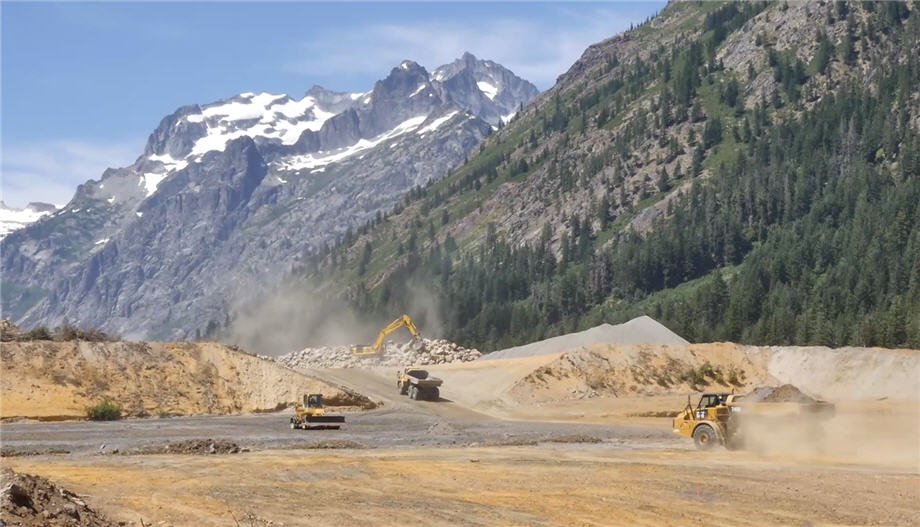Rio Tinto’s Holden mine remediation leads to land conservation in Washington State

It adjoins mostly United States Forest Service property and presents an opportunity for conservation of connected lands that will never be developed or fragmented into multiple small ownerships.
The Holden mine has been closed since the 1950’s. While it was never owned or operated by Rio Tinto, the company assumed financial responsibility for remediation of the mine when it acquired Alcan.
Rio Tinto has completed the majority of the Holden Mine remediation, including construction and operation of a water treatment plant. The contribution to support the permanent preservation and conservation of land by the Chelan-Douglas Land Trust was made as part of environmental offsets for work on the Holden remediation project.
“This wetland mitigation is another long-lasting benefit of the ongoing Holden Mine Remediation on the Okanogan-Wenatchee National Forest”
US Forest Service Remedial Project Manager Mario Isaias-Vera
“By supporting the permanent conservation of this important wildlife reserve, we aim to deliver lasting environmental outcomes for the Lake Chelan area,” Rio Tinto Closure Americas General Manager Steve Bourn said in a media release.
“This builds on the transformation we have seen with the remediation of the Holden site,” Bourn said. “Our goal is to leave a positive legacy for future generations, taking into account environmental and community consideration.”
“This wetland mitigation is another long-lasting benefit of the ongoing Holden Mine Remediation on the Okanogan-Wenatchee National Forest,” U.S. Forest Service Remedial Project Manager Mario Isaias-Vera said.
“The USDA Forest Service, partner agencies (US Environmental Protection Agency, Washington Department of Ecology, US Fish and Wildlife Service) and the Yakama Nation worked with Rio Tinto to come up with a good solution to mitigating wetlands impacted at the former mine site,” Isaias-Vera said.
“The long-term conservation of this area will support native species and habitats unique to the Chelan area and will provide benefits for generations to come.”




